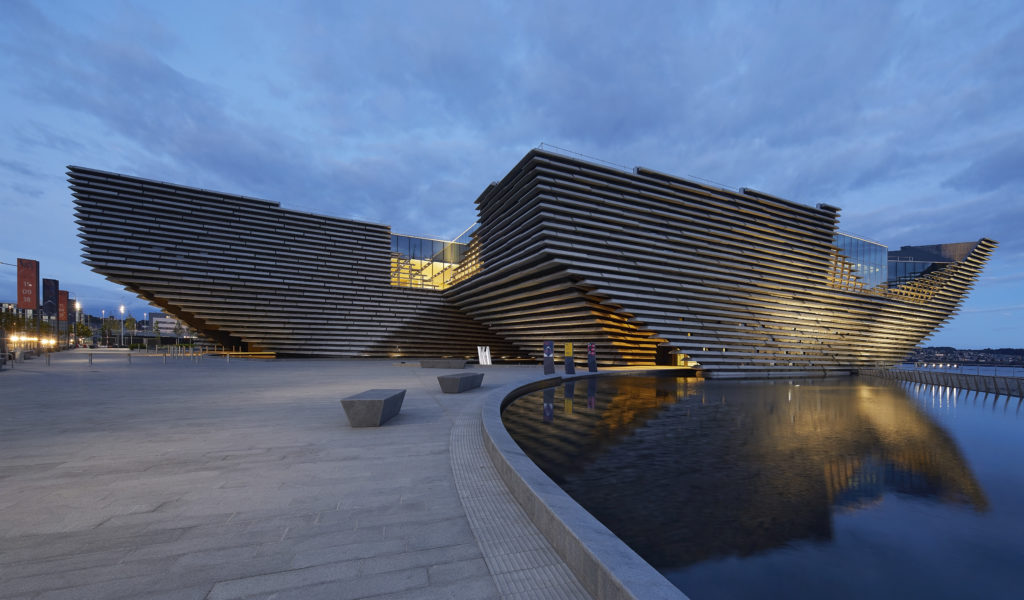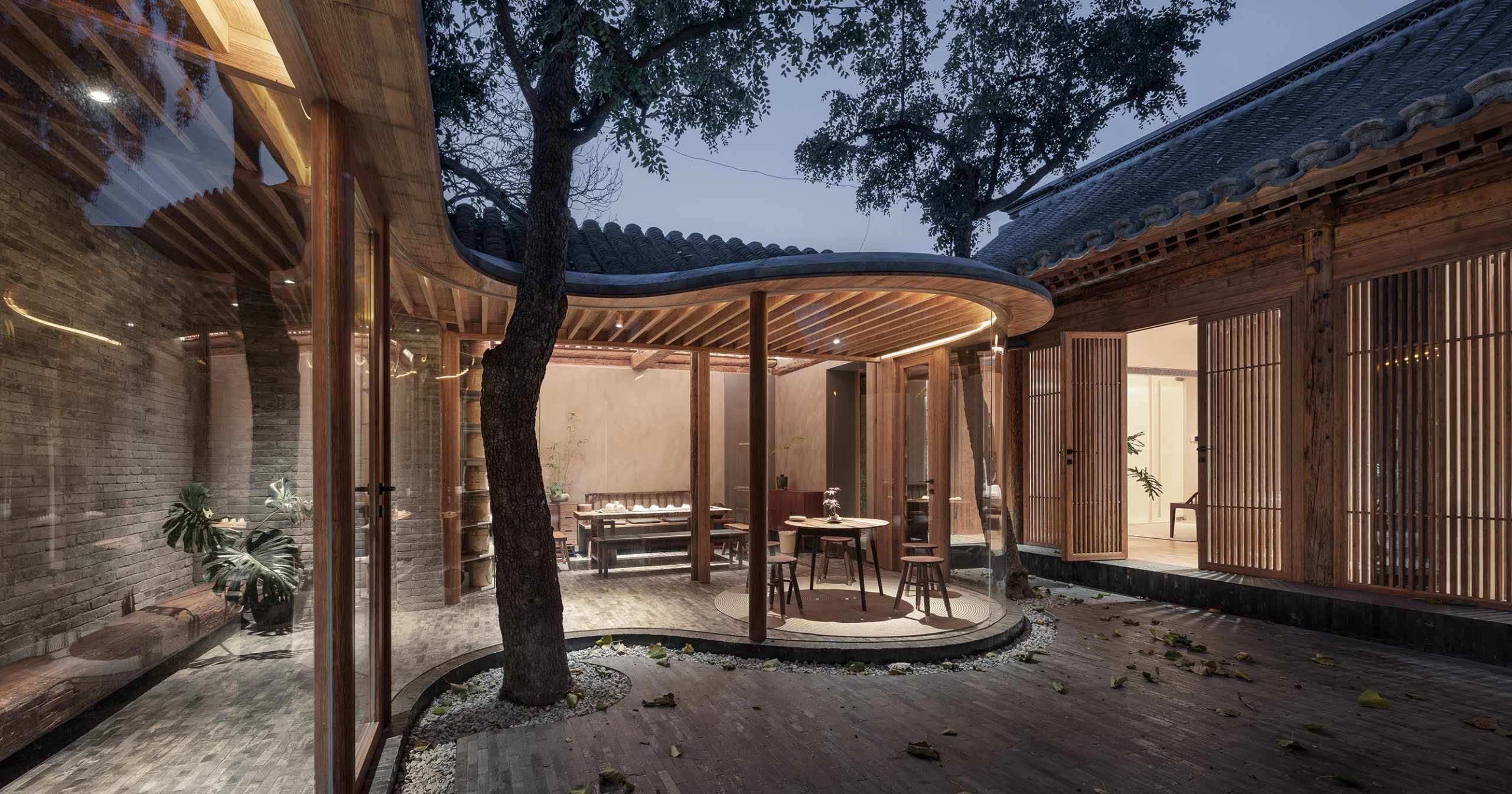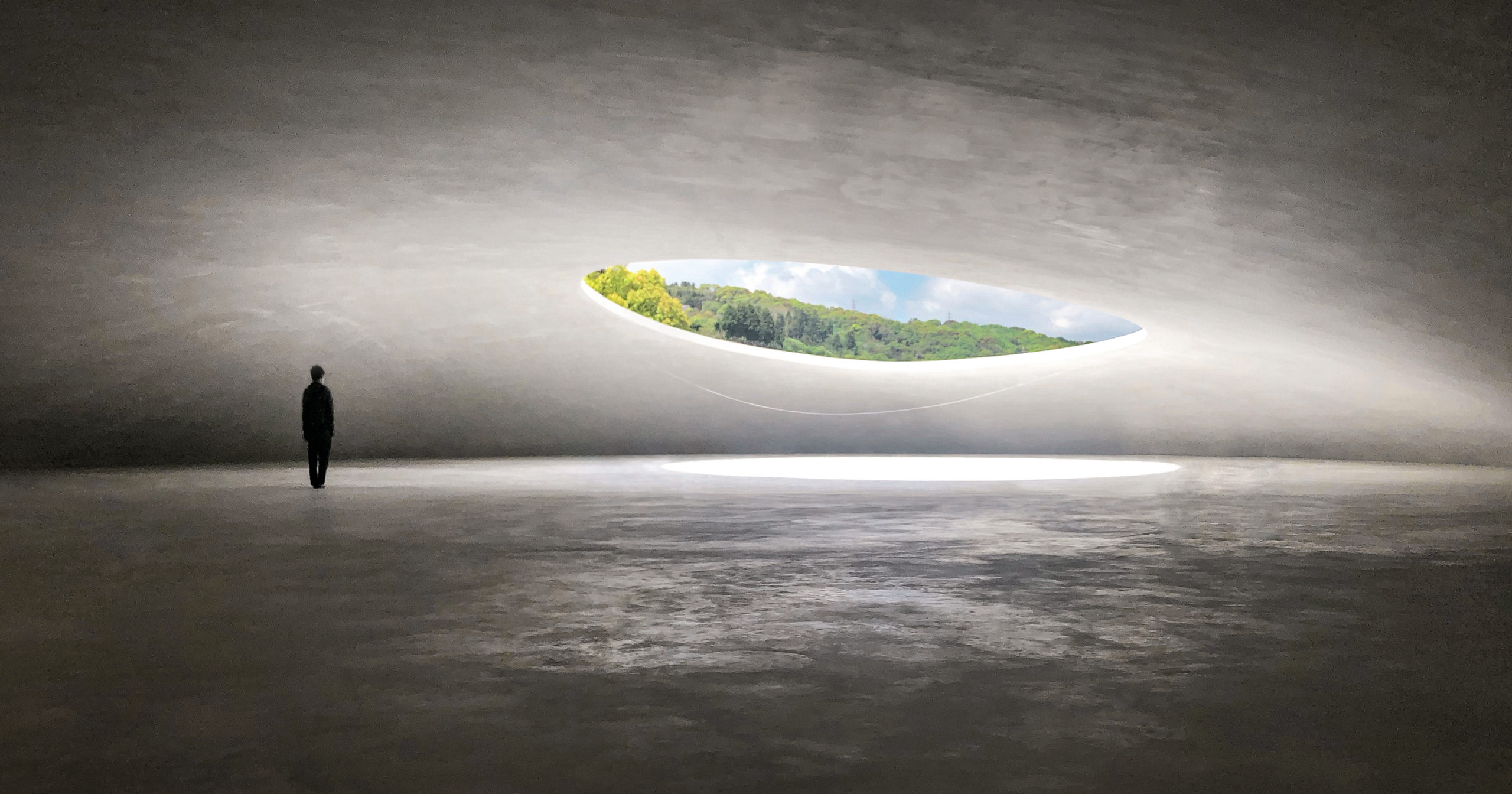Architects: Showcase your next project through Architizer and sign up for our inspirational newsletter.
Remote working will almost certainly remain a permanent part of office culture, at least to some extent, after the current coronavirus crisis subsides. The long-term effects of this shift are still uncertain but the longer the crisis continues, the clearer it becomes that, for jobs that can be carried out remotely, at least some amount of distant working will likely continue in perpetuity.
For the architecture profession, this presents both challenges and opportunities. Advantages and disadvantages design firms might face by embracing remote working indefinitely include considerations around the amount of office space used, expanding a firm’s potential labor pool by hiring permanently remote staff, and expanding a firm’s potential project pool by pursuing work in distant locations.

via Free-Photos from Pixabay
How Much Space Do You Really Need?
Among architecture firms that rent office space, the rent paid on that space is often their largest single expense. At the same time, a study from June 2020 found that a majority of jobs in the architecture and engineering professions can be done completely remote. Thus, for firms used to housing every employee in a single space, maintaining a certain amount of permanently remote staff is an opportunity to drastically lower overhead costs.
Certain tasks, of course, cannot be done from home. Regular project site visits during construction administration are obviously location-dependent, and the back-and-forth process an architectural team needs to carry out among themselves during this and other key phases of a project’s life is also greatly enhanced with face-to-face contact. Furthermore, the atmosphere of a dedicated, professional setting, as well as the experience of commuting to a workspace, even if only occasionally, could have a positive effect on some people’s quality of life and productivity.
Given the relative success many firms have had with 2020’s abrupt transition to remote working, an efficient middle ground could involve renting an office sized to house only a portion of a firm’s staff, then dividing the use of that space with rotating schedules based on a person’s position or a project’s phase. In this case, some positions could be entirely remote while others might rotate in and out of shared desks on a regular or flexible basis.

via mohamed Hassan from Pixabay
Expanding Your Labor Pool
A key threshold to consider is whether some staff might work completely remote all the time. If such an arrangement isn’t problematic for a person’s position or preferences, then the upside for a firm could be substantial. Maintaining permanently remote employees theoretically allows an architecture firm to hire staff from anywhere in the world, giving them access to the largest possible labor pool with the least amount of competitive restrictions.
However, there are considerable obstacles to this model. Architecture tends to be a regionally fragmented profession, due to local licensing requirements and the necessity of site visits during construction. While these issues rule out hiring someone on the other side of the world to stamp drawings or supervise construction, positions focused on producing digital deliverables, like concept or early technical drawings, are ripe for designers working fully remote.
Hiring permanently remote employees removes the economic obstacles that have typically prevented firms from taking advantage of a global talent pool, such as relocation or visa costs. An exceptionally organized architect could even exploit these advantages as far as designing 24-hour production schedules to make the most of various time zones, or building a practice around a single designer by assembling and disbanding project teams on an ad-hoc basis. Regardless of the ends being pursued, any firm hiring staff in distant locations should take a close look at their local labor regulations before doing so.

V&A Dundee, Scotland, designed by Tokyo and Paris-based Kengo Kuma and Associates in collaboration with delivery architect PiM.studio Architects
Expanding Your Project Pool
Going hand-in-hand with utilizing a remote labor pool, the prospect of widespread remote working could also broaden the horizons of firms interested in pursuing projects anywhere in the world. Not only does this substantially expand the number of projects available for a firm to pursue, it also gives architects more options in the type of projects they want to take on and the type of clients they’d like to work with.
It should be noted that this practice is only viable under very specific conditions. Currently, just a small handful of architecture firms rely on a steady stream of global projects, typically brought in by the renown of a famous designer, then carried out only through conceptual or early technical phases while a second architect is hired to produce documents in line with local regulations. Thus, the only way a relatively unknown firm could successfully pursue projects outside their region is if they can team with a local firm to complete them for much cheaper than that same local firm could do on its own.
As rare as this arrangement is right now, the recent expansion of remote working may open opportunities for small, young firms operating in low-cost areas or with fully remote staff to successfully pursue conceptual design work in high-cost areas, such as large cities. Making successful teaming arrangements and building long-term relationships with a wide network of geographically dispersed architects would be a key concern for any designers interested in pursuing such a path.
Regardless how it happens, it’s clear that once Covid-19 is contained, social norms and expectations around work will be forever changed. The architecture profession is no more exempt than any other in this regard, and forward-thinking designers would be wise to start planning for that future today.
Architects: Showcase your next project through Architizer and sign up for our inspirational newsletter.
Top image via Free-Photos from Pixabay




